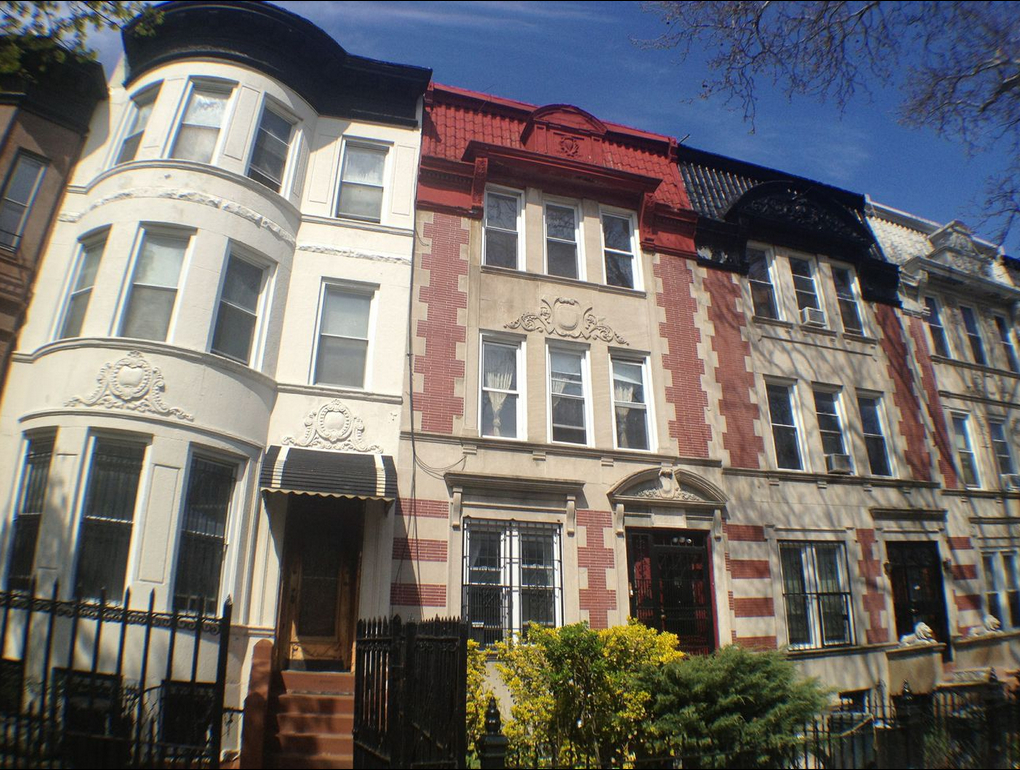Botanic Garden hosts `Making Brooklyn Bloom’ conference

This past Saturday at the Brooklyn Botanic Garden (BBG), witch hazel blossomed in tufts of yellow, orange, and red; blankets of crocuses beckoned imaginary picnickers; and daffodills, just beginning to rear their trumpet-like heads, vied with snow drops and other flowers to pinpoint the arrival of spring.
As usual, this panoply of colors and shapes was the perfect setting for BBG’s “Making Brooklyn Bloom” conference. Now in its 32nd year, the gathering of a thousand gardening stalwarts was organized by GreenBridge, BBG’s community horticulture program.
In the wake of Superstorm Sandy, this year’s theme, “Gardening for a Resilient City,” seemed particularly timely. According to GreenBridge director Robin Simmen, of the 140 community gardens the program assists, half are in the flood zone. Fortunately, few were seriously damaged.
